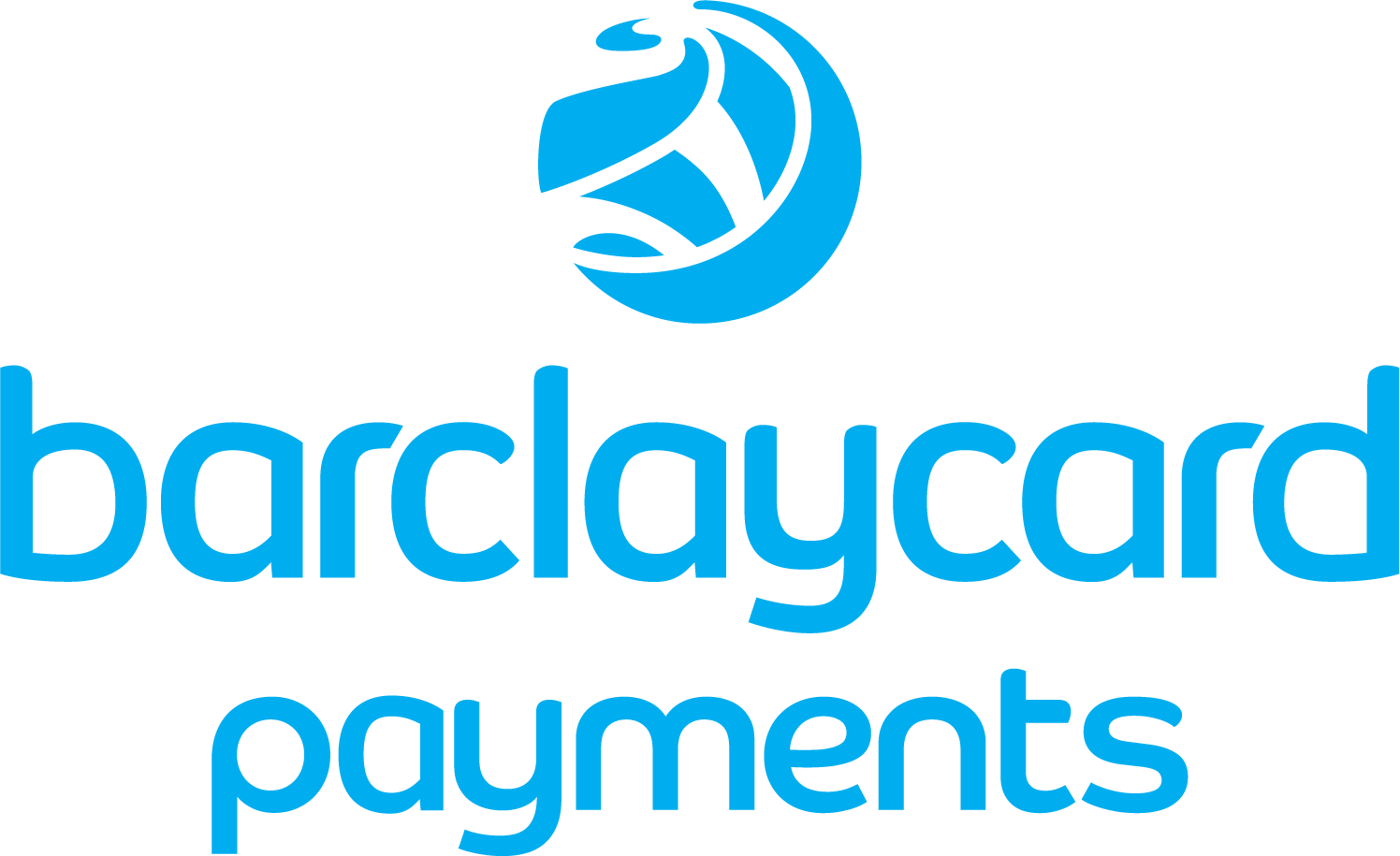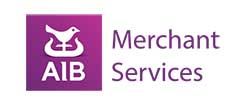- Accept card payments – lowest rates from 0.27%
- Keep your card processing fees to a minimum
- Direct access to the UK’s leading card processing banks
- We ensure your rates always remain competitive
No spam emails or calls
Choose from the payment methods then click Next
What's your turnover each month?
Enter the name of your company
Enter your company's postcode and contact number
Tell us what you need
Fill in our quick form and we’ll give you a call for a brief 5-minute chat to understand exactly what you're looking for.
Get tailored quotes
We’ll match you with up to three of the most competitive offers from our trusted providers that suit your business.
Pick with confidence
We’ll help you understand the options so you can choose the best fit — quickly, clearly, and without any pressure.






The Essential Guide to Setting Up a Merchant Account for Your Business
If you run a business in the UK—whether it’s an e-commerce store, a physical shop, or a service-based company—you’ll need a merchant account to accept card payments from your customers. Without one, you won’t be able to process payments efficiently, which can hurt your cash flow and customer experience.
This guide will walk you through everything you need to know about setting up a merchant account, from understanding how a merchant account works to choosing the best merchant account providers for your business needs.
What Is a Merchant Account?
A merchant account is a specialised type of business bank account that allows businesses to accept credit or debit card payments. Unlike a standard bank account, a merchant account acts as an intermediary between your business and the issuing bank (the customer’s bank) and the acquiring bank (the bank that processes the transaction).
When a customer pays using a credit card or debit card, the funds are first sent to the merchant account before being transferred to your main business account, usually within a few business days.
How Does a Merchant Account Work?
- Customer Makes a Payment – A customer pays via card transactions, whether in person, online, or over the phone.
- Payment Processor Steps In – The payment processing provider (or payment processor) securely transmits the transaction details to the card network (Visa, Mastercard, etc.).
- Approval from Issuing Bank – The issuing bank checks if the customer has enough money or credit available.
- Funds Are Held in Merchant Account – Once approved, the money is held in your merchant account before being deposited into your business bank account.
- Settlement – The funds are transferred to your main account, minus any transaction fees or other fees.
Why Do You Need a Merchant Account?
Most businesses today accept credit cards and debit card payments because:
- Customers prefer the convenience of card payments.
- Electronic payments speed up transactions.
- It improves cash flow by ensuring faster payments from customers.
- It helps businesses sell online by integrating with e-commerce platforms.
Without a merchant account, you’d have to rely on cash or bank transfers, which can slow down sales and limit growth.
Types of Merchant Accounts
Depending on your business type, you can choose from a few different options:
1. Traditional Merchant Account
- Best for businesses with high sales volumes.
- Requires an underwriting process (credit checks, business history review).
- Lower transaction fees compared to aggregate merchant accounts.
2. Aggregate Merchant Account (Payment Facilitators)
- Used by platforms like PayPal, Stripe, and Square.
- Easier account setup since multiple businesses share one account.
- Higher fees but quicker approval.
3. High-Risk Merchant Account
- For industries with higher chargeback risks (e.g., travel, adult entertainment).
- Higher fees and stricter terms.
4. Online Merchant Account
- For e-commerce businesses needing payment gateways and virtual terminal services.
How to Set Up a Merchant Account
Step 1: Choose the Right Merchant Service Provider
Look for merchant account providers that suit your business needs. Consider:
- Transaction fees (per-transaction costs, monthly fees).
- Payment processing options (in-store, online, mobile).
- Compatibility with e-commerce platforms (Shopify, WooCommerce).
- Customer support quality.
Popular UK providers include:
- Barclaycard
- Worldpay
- Stripe
- Square
- PayPal
Step 2: Gather Required Business Information
To open a merchant account, you’ll typically need:
- Business name and registered address.
- Business bank account details.
- Estimated sales volume.
- Previous processing history (if applicable).
- Home address (for sole traders).
Step 3: Complete the Application Process
The approval process varies:
- Traditional merchant accounts may take days or weeks due to underwriting.
- Payment facilitators (like Stripe) offer near-instant approval.
Step 4: Set Up Payment Processing Tools
Once approved, integrate:
- A card machine for in-person sales.
- A payment gateway for online sales.
- A virtual terminal for phone/mail orders.
Step 5: Start Accepting Payments
After setup, you can start accepting payments from customers via credit or debit card.
Merchant Account Fees & Costs
When setting up a merchant account, be aware of:
- Setup fees (one-time cost).
- Monthly fees (account maintenance).
- Transaction fees (per-sale charges).
- Chargeback fees (if a customer disputes a payment).
- PCI compliance fees (security requirements).
Compare different merchant service providers to find the best rates for your small business.
Common Challenges When Setting Up a Merchant Account
1. Strict Underwriting Process
Banks assess risk before approving accounts. Startups or high-risk businesses may face rejections.
2. High Fees for Small Businesses
Some providers charge excessive fees. Look for transparent pricing.
3. Need for Additional Services
You might need a payment processor, card machine, or payment gateway separately.
Final Tips for Choosing a Merchant Account
- Compare multiple merchant account providers.
- Check for hidden other fees.
- Ensure compatibility with your e-commerce setup.
- Read reviews from other businesses in your industry.
Setting up a merchant account is essential if you want to accept credit cards, debit cards, and online payments efficiently. By understanding how a merchant account works, comparing merchant services, and preparing the necessary business information, you can streamline payment processing and improve your customer experience.
Whether you run a physical shop or sell online, the right merchant service provider will help you process payments securely and grow your business.
Ready to open a merchant account? Research the best merchant account providers today and start accepting payments with ease!